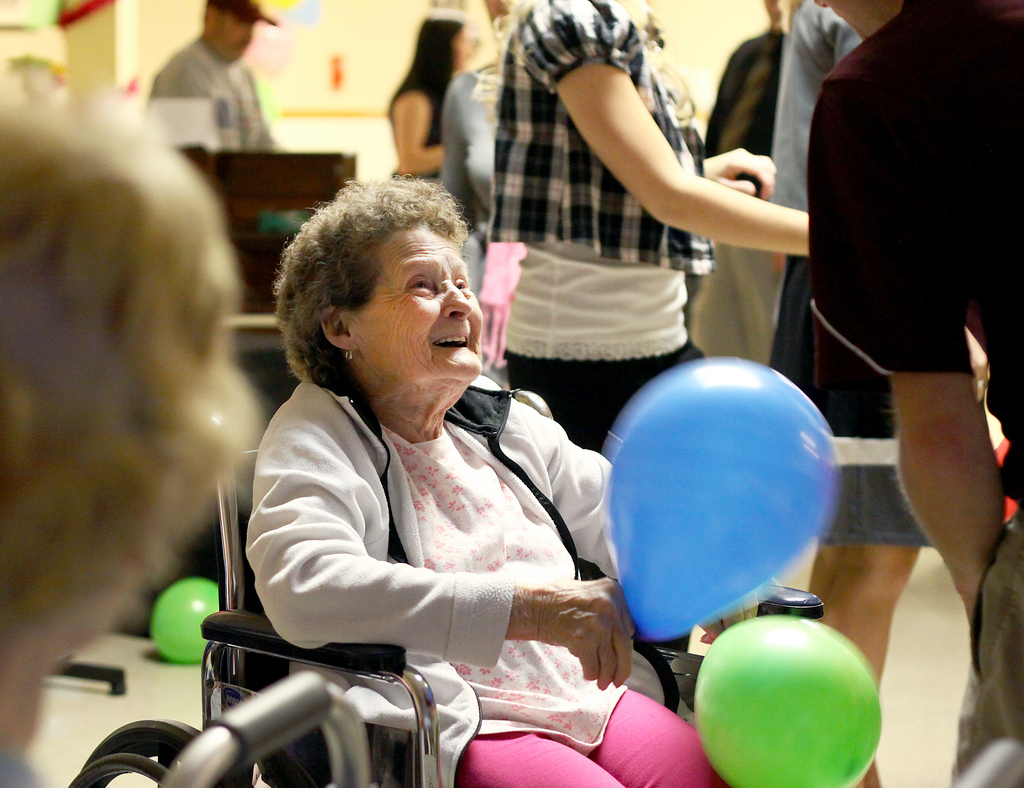Where The Needs Of Others Come First · Available 24x7 For Emergencies

Senior Care near Escondido Explains New Recall
Bed rails appear to be simple enough devices, and their invention was an effort to help seniors get in and out of bed more safely. However, since their widespread implementation, numerous serious risks have appeared and led to safety recalls over the years. Now, yet another recall has some advocacy groups asking whether bed rails of any kind can satisfy the safety requirements that we should demand when it comes to our senior loved ones. If your elderly parents have bed rails in their home or if their long-term care facility uses them, it is important that you understand the risks and benefits that they carry in different contexts. Ahead, senior care near Escondido gives more details on the bed rail recall.
Current and Past Recalls
Sadly, product recalls often do not go out to customers until it has been proven that lives have been lost due to poor design or workmanship. This is the case with the current recall, which has been connected to three deaths. The issue with the bed rail system is that the rails can separate from the bed itself, creating a gap that could trap the head or neck of a senior. Newer models address this danger by adding a strap that passes underneath the bed, holding the rails firmly to the bed. However, versions of the bed rails sold before 2007 lack this safety feature.
Of course, a public recall does not guarantee that all customers will respond, and it is impossible to know how many elderly patients are still in danger while using hazardous bed rails. Family members should check to make sure that their senior loved ones’ accessories are up to date and not covered under a product recall.
Who is at Risk?
Those seniors who are most at risk of injury due to faulty bed rails are those who would be unable to help themselves out of a difficult situation. Handicapped and frail seniors, for example, often lack the physical strength to lift themselves if they fall into the gap between a bed rail and the bed. Dementia, Alzheimer’s disease, or simple cognitive decline may make it impossible for a senior in a highly stressful situation to take the steps necessary to rescue himself.
Safety is Greater with Senior Care in San Diego County
Bed rails and other assistive devices are more useful and less hazardous when there is a capable caregiver in the home who can provide help at a moment’s notice. If your elderly loved one lives alone, senior care in San Diego County can provide help getting in and out of bed safely. This service reduces the chance of a bed rail-related injury, and may allow you to avoid installing them altogether. Given the poor review that senior advocacy groups assign to bed rails in general, keeping them out of the home appears to be a safe decision, particularly if your senior has suffered physical or mental decline. Contact us today to find out how we can help you keep your loved ones safe.
Photo by JSmith Photo 
